Two X-class solar flares – X1.8 and X1.7 erupt from Region 3590
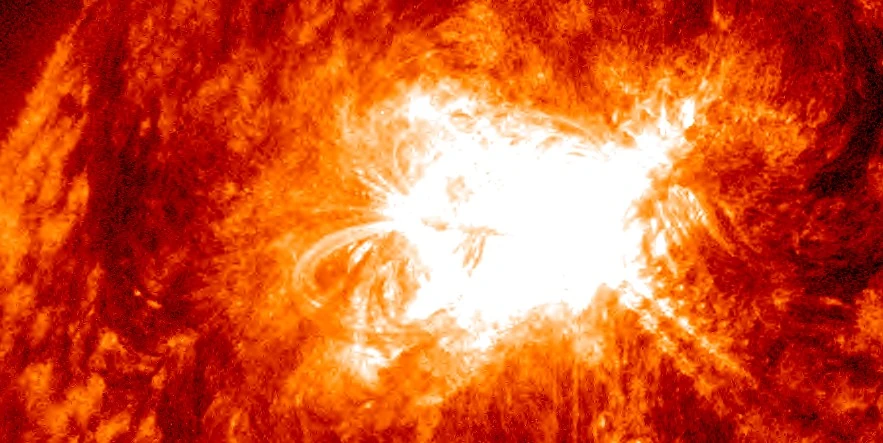
Two X-class solar flares erupted over the past 9 hours — the first was X1.8 at 23:07 UTC on February 21 and the second X1.7 at 06:32 UTC on February 22, 2024. Both erupted from Active Region 3590.
There were no apparent coronal mass ejections (CMEs) produced during these events.
The possibility of Earth-directed CMEs will change in the days ahead as AR 3590 moves into a geoeffective position. Additionally, the region has a beta-gamma-delta magnetic configuration and is capable of producing more major eruptions on the Sun.
Radio frequencies were forecast to be most degraded over east Australia, New Zealand, and the Pacific Ocean at the time of the X1.8 flare and over east Africa, parts of the Middle East, India, China, Indonesia, and central and west Australia at the time of the X1.7 flare.
There is only one other active region on the Sun (AR 3586) but it has been stable and inactive for several days.
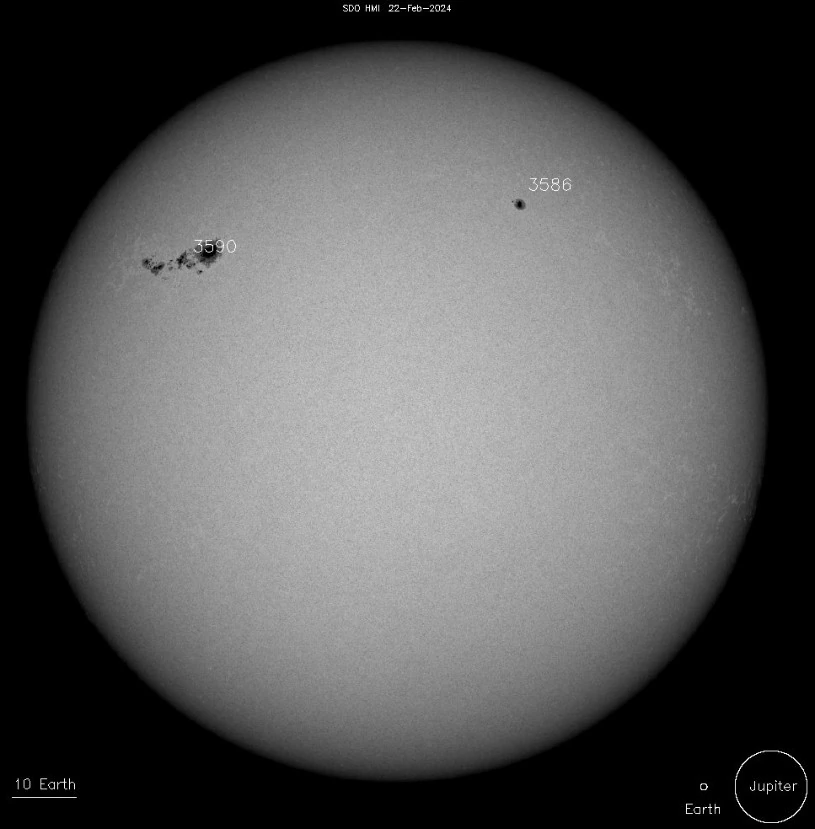

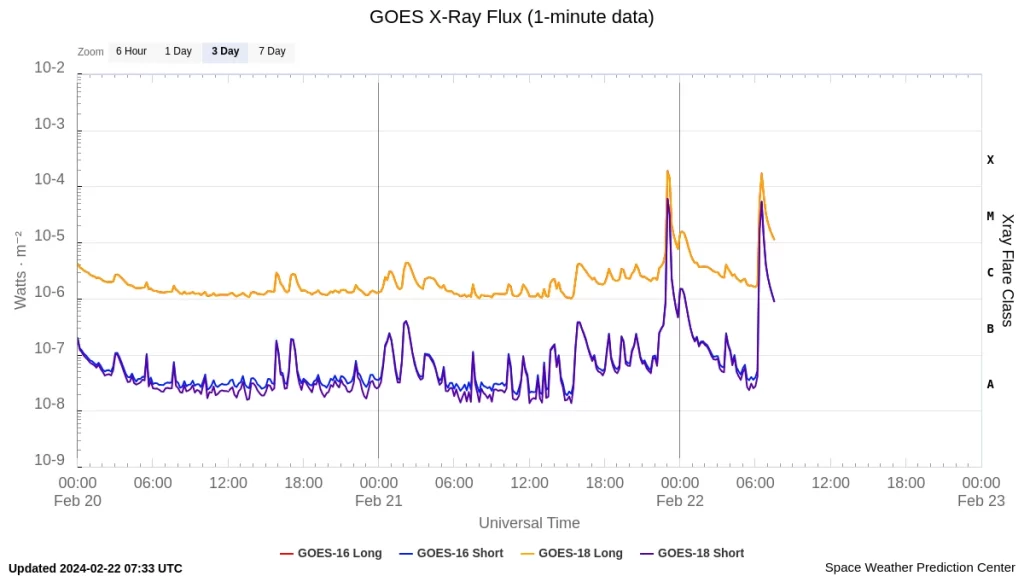

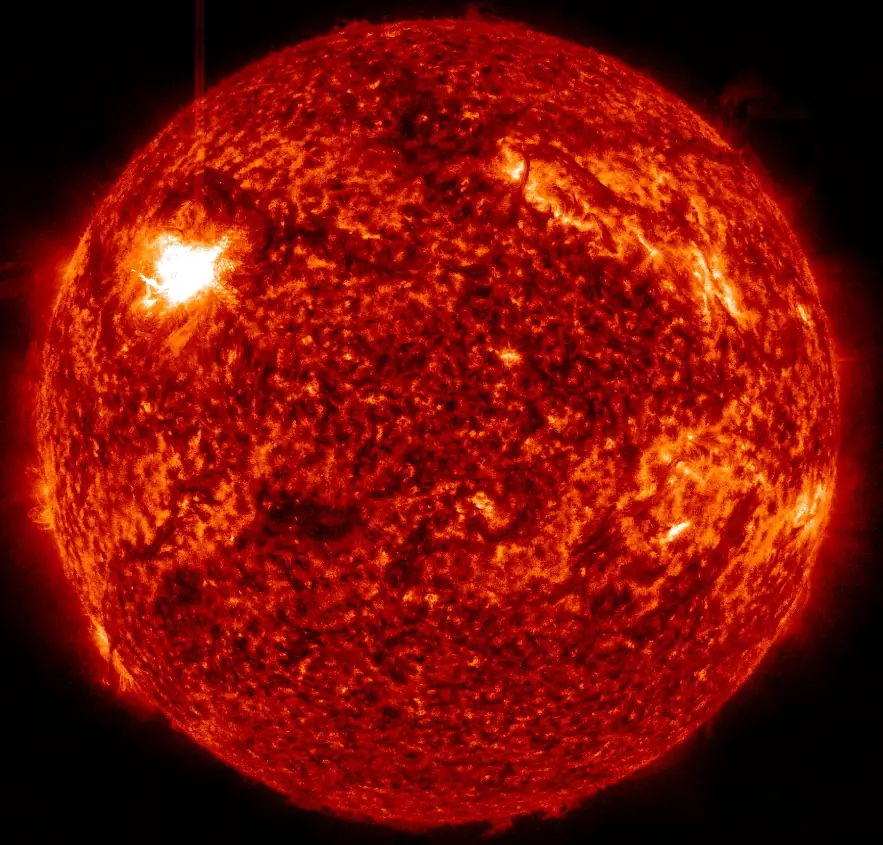

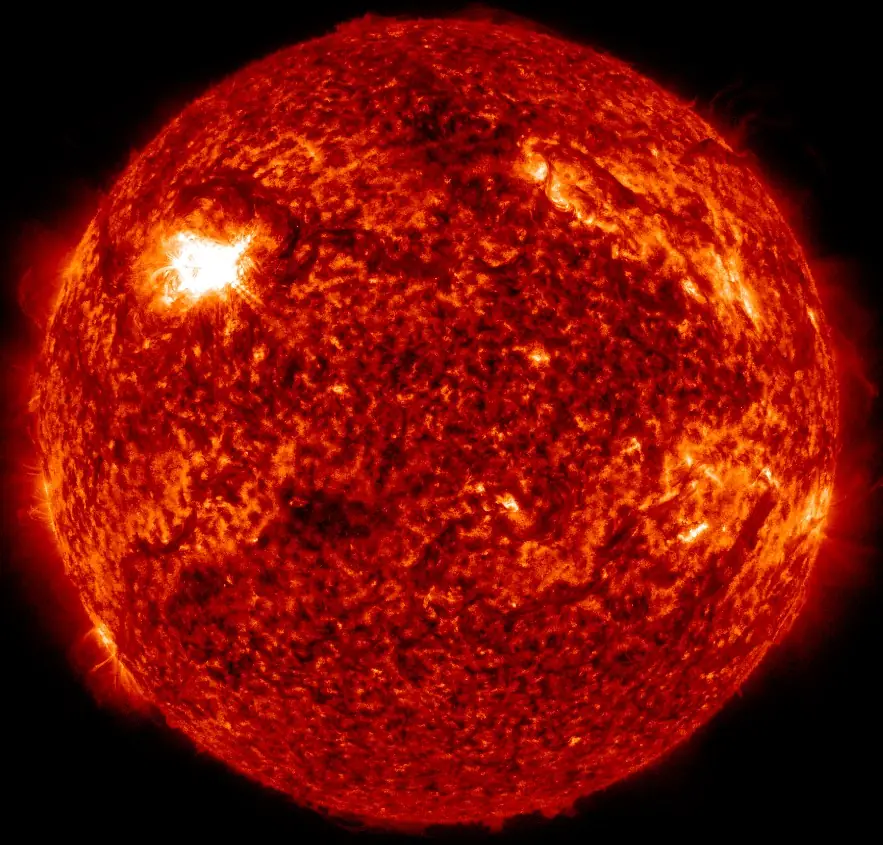

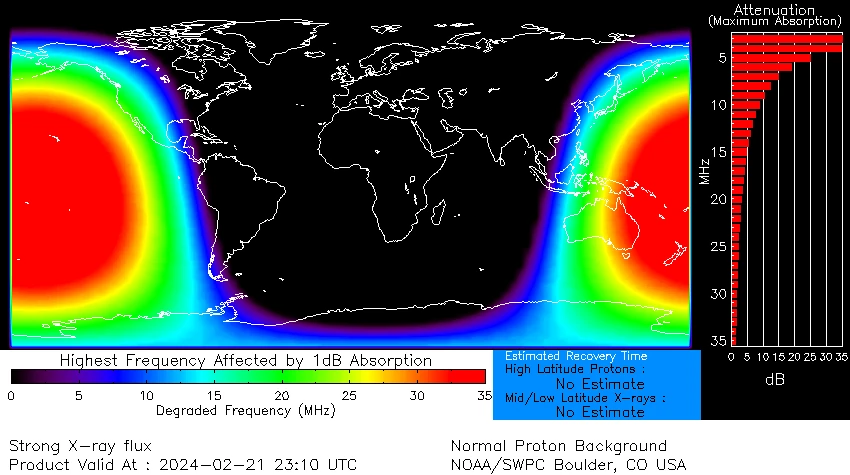

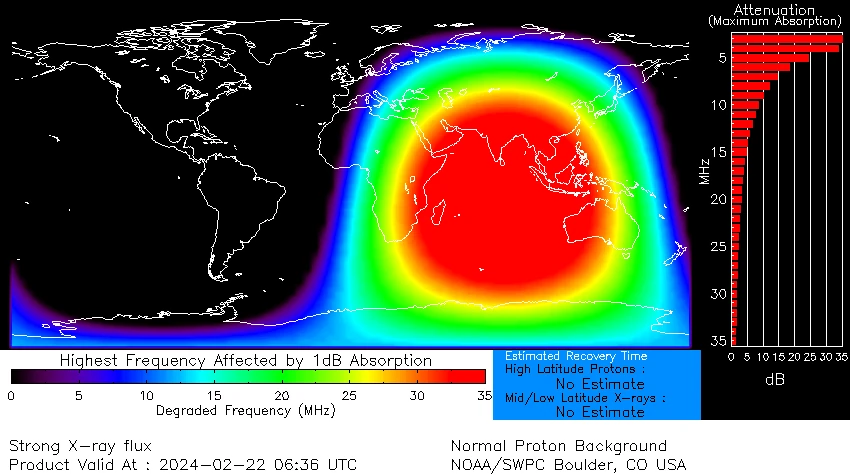

Additionally, an eruptive filament was observed starting around 15:00 UTC on February 21 in the NW quadrant, and an eruptive prominence at 16:00 UTC on the SE limb.
Material associated with the limb event is not expected to be directed toward Earth, SWPC said at 00:30 UTC today, adding that analysis of the filament eruption will be completed once coronagraph from SOHO imagery becomes available.
Former AR 3575, which has a history of producing X-class flares, is expected to return to the visible disk today, increasing chances for moderate solar activity and M-class flares as it comes into view over the next day or two.
AR 3590 also has the continued potential to produce M- and X-class flares as it rotates toward the center of the disk.
The solar wind environment is expected to be at nominal levels through February 24. During the same period, geomagnetic field conditions are expected to be at mostly quiet levels.
References:
1 Forecast Discussion – Issued: 2024 Feb 22 0030 UTC – Prepared by the U.S. Dept. of Commerce, NOAA, Space Weather Prediction Center
Featured image: X1.7 solar flare on February 22, 2024. Credit: NASA SDO/AIA 304, Helioviewer, The Watchers.


Commenting rules and guidelines
We value the thoughts and opinions of our readers and welcome healthy discussions on our website. In order to maintain a respectful and positive community, we ask that all commenters follow these rules.